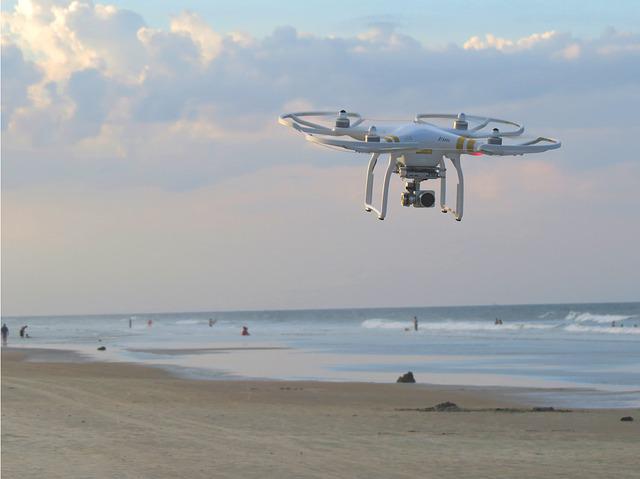[author: Chris Stewart]
Introduction
Forensic technology is moving forward at a rapid pace. Americans are bombarded by high tech forensics in every TV show or movie they watch. From CSI to MacGyver, investigators solve their cases and problems with innovative technology. Jury members are not immune to the influence of these popular media depictions; they expect to see advanced technology utilized in the analysis of a case. These cases can range from, but are not limited to, traffic collisions, fire investigations, or structural failure investigations. As forensic engineers, problem solving is our job, and using advanced technology is expected—not always by attorneys and adjusters, but certainly by jurors.
This article will discuss 3D scanners, high definition (HD) drones, video analysis software, and Berla iVe Vehicle Infotainment data analysis software and examine how they can be used in a case.
3D Scanning
Recent developments in 3D scanner technology have led to 3D scanning becoming a common tool in a wide range of investigations. The 3D scanner can preserve the scene, and/or the object, in digital format more accurately than the combination of diagrams, maps, and/or photographs, which has up until recently been the standard. 3D scanner technology allows for rapid 360-degree documentation of scenes, vehicles, or machines. Typical scan times (varies depending on the chosen scanner settings) are under 10 minutes per scan and are decreasing as technology advances. When documenting with a 3D scanner, little goes unnoticed. The speed and accuracy of the technology is constantly improving, and the time required on site while capturing more detailed measurements is decreasing. While this is important in static situations (stored evidence, open roadway, etc.), it is even more important in the scene investigation when the situation is still potentially dynamic, and time is of the essence.
The accuracy of a 3D scanner provides the user with comprehensive data that is not isolated to a particular point but is available for any area scanned. This assures that on the day of, the day after, or a year after the incident, the dimensions and visible conditions of the location, structures, and objects are preserved. Examples of which would be a roadway with temporary construction closures, or a building with fire or structural damage. In these two situations, the locations will change, yet with a 3D scan, a visual and measurable copy of the status of the location can be stored indefinitely to provide detail and workable data in the future if required.
Inset
Inset is the representation of a scanned vehicle (Photo 1). Each pixel you see is a three-dimensional point of data. With more than 50 million points of data, documenting damage to a vehicle is straightforward. The amount of data also provides additional options for compelling demonstrative aids.
High-Definition Drones
Drones are starting to play a primary role in forensic engineering. Drone platforms equipped with 4K cameras allow for unprecedented video and photographic documentation of active or older crash sites, fire scenes, building inspections, and complete documentation of vehicles (Photo 2). As with the 3D scanner, documentation using a drone platform is quick and thorough, providing a wide range of views from bird’s-eye to even a first-person human perspective. For larger areas, the drone will be able to provide a quicker scan of the area in question than that of a typical 3D scanner. The drone also has the ability to provide data from a more elevated position which can be required in some investigations.
</…….
Source: https://www.jdsupra.com/legalnews/advanced-technology-in-forensic-3384827/

